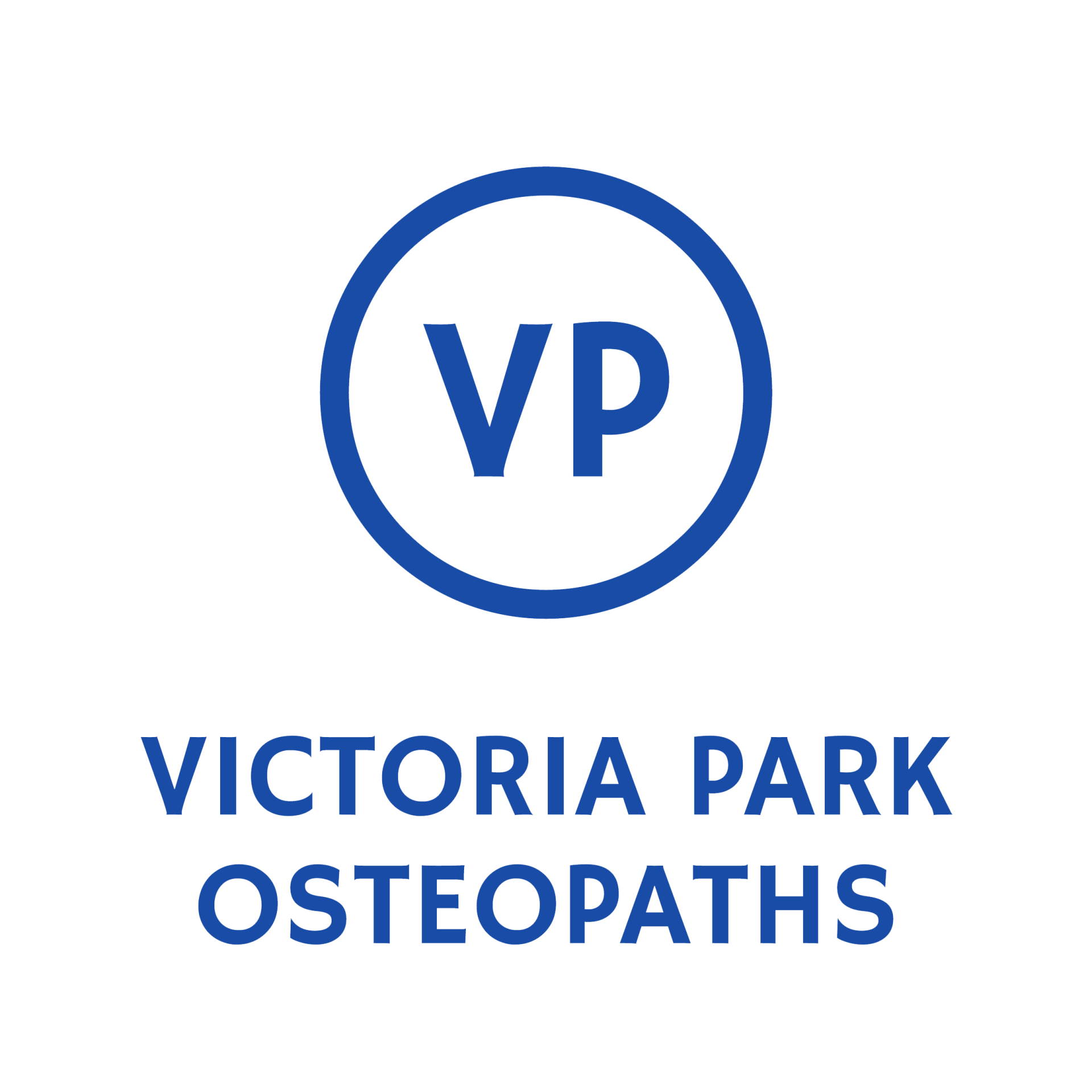What is Gluteal Tendinopathy?
Gluteal tendinopathy refers to irritation, degeneration, or overload of the gluteus medius and/or gluteus minimus tendons, which attach on the outside of the hip at the greater trochanter. These muscles help stabilise the pelvis and control hip movement during walking, running, stair climbing, and standing on one leg.
It is one of the most common causes of
lateral hip pain in adults and often overlaps with
greater trochanteric pain syndrome or bursitis. Symptoms may build gradually due to poor biomechanics, weakness, or repetitive strain.
Symptoms & What You May Experience
Common features include:
- Pain on the side of the hip, especially when pressing on the bony area
- Discomfort when lying on the affected side in bed
- Pain when going upstairs, uphill, or standing on one leg
- Aches or sharp pain when walking, running, or getting up from a chair
- Stiffness after rest or long periods of sitting
- Weakness in the gluteal muscles
- Possible referral of pain into the buttock or outer thigh
Symptoms may be aggravated by crossing legs, uneven surfaces, or poor pelvic control.
What causes Gluteal Tendinopathy?
Gluteal tendinopathy is typically caused by repetitive overload or inefficient hip stabilisation, often due to:
- Weak gluteus medius or minimus
- Poor pelvic or core control
- Sudden increase in physical activity
- Overuse (e.g. long walks, running, hiking, hill work)
- Altered biomechanics (e.g. valgus knee, overpronation, lumbar issues)
- Prolonged compression (e.g. lying on the hip)
- Previous lower back, hip, or pelvic injury
- Hormonal or age-related tendon changes
It is more common in women over 40 but can occur in active people of any age.
How We Help (At Victoria Park Osteopaths)
Our focus is on reducing pain, restoring tendon load capacity, and correcting contributing factors. Treatment may include:
- Manual therapy to improve hip, pelvis, or lumbar mobility
- Soft tissue techniques to reduce tension in gluteal muscles if needed
- Progressive strengthening exercises for gluteal and pelvic stabiliser muscles
- Step-by-step tendon loading programme designed to avoid flare-ups
- Education on sleeping positions and reducing direct compression
- Postural and gait retraining
- Adjunctive therapies such as taping or acupuncture when beneficial
We also ensure any related lower back, SIJ, or knee mechanics are addressed.
Recovery Time & What to Expect
- Mild to moderate tendinopathy can improve within 8–12 weeks with appropriate rehab
- Longstanding or more degenerative cases may take several months of progressive loading
- Avoiding aggravating movements and improving biomechanics speeds recovery
- Most people regain full pain-free function with proper guidance
If conservative care stalls, imaging or steroid injection may be considered — we can advise accordingly.
When to Seek Medical Review / Red Flags
Consider further assessment if you experience:
- Persistent or worsening pain despite rehabilitation
- Marked swelling, redness, or night pain
- Significant difficulty weight-bearing
- Sudden onset after trauma
- Suspected partial tear or neurological symptoms


